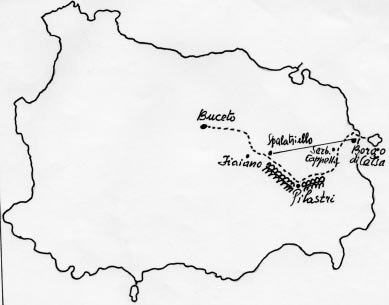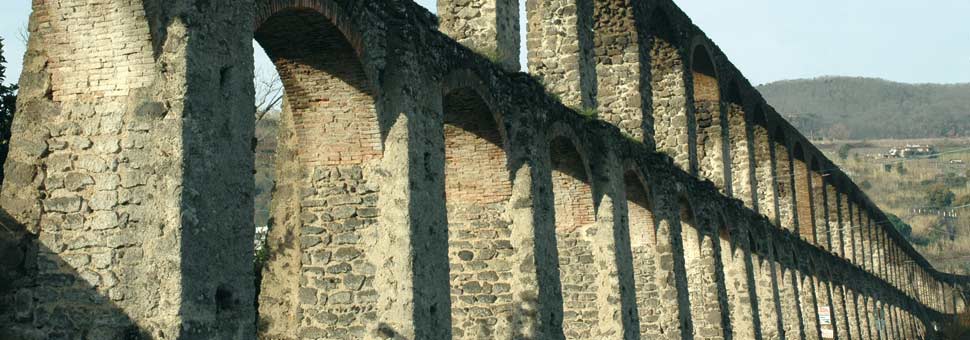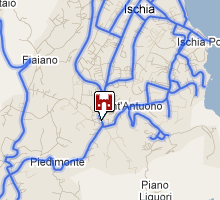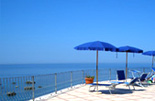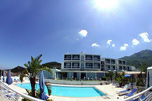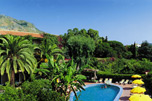Acquedotto dei Pilastri
The aqueduct of Pilastri was realized in the XVI century, to compensate for the lack of water of the then Suburb of Celsa, nowadays Ischia Ponte. It, 550 m long, links Spalatriello, at the plain Rio Corbore, to the climb of Sant’Antuono. In 1580, the islanders of the suburb of Celsa live the daily drama of a lack of water. Main cause of the water disappearance of the fresh water spring Ninfario, many years later, at the Guevara tower (or Michelangelo). The inhabitant sorrow arrives in the Cardinal of Granvela Antonio Perrenot’s palace, who decided to send on the island the cavalier Orazio Tuttavilla, a Spanish expert on aqueducts. Orazio Tuttavilla Arrived in Ischia in1580, on the hill of Buceto, with the doctor Giulio Jasolino. At 400 m a natural spring was found, with fresh and pure water, in open space along a way easy to realize a collect system as free fall, the only known at that time.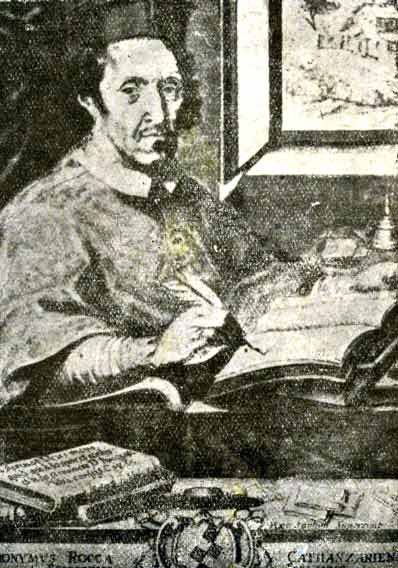
The works began in 1581 with the digging 14 km deep, descent and tubes of cast iron sealed in lead. The workers yield before the fact that in front of them the plain of Rio Carbore and the climb of Sant’Antuono appeared. The rivulet of water, abundant in winter, but poor in summer, would not have pass the limits to across ground. The heavy cost were already over. These facts changed the Don Orazio’s projet, in orde to stop it.
. The turning point will be in 1673, when the bishop entered the diocese Girolamo Rocca. “Scientist” plumber began an important plan coping the building of Roman aqueducts realized avove bridges and arches, except retaining walls. The bishop Rocca ‘blessed’ the plan by dukes arrived on the occasion of the building and soon called authorities.
A spring morning in 1685 the valiant bishop Girolamo Rocca, blessed the wonderful jet of the water of Buceto which flood the marble fountain, decorated with 4 dophins, adjoining the church of Collegiata.
Weighed on a slab of the fountain: these are waters deriving from food, thirst, as good master, learned to sustain hunger.
Info
Address: Via Michele Mazzella
Municipality: 80077 - Ischia
Bus lines: C12 - C13 - C15
Photo by: © www.ischia.it
Near to
Hotel La Capannina
Porto di Ischia
SS. Crocifisso
S. Antonio Abate
S. Maria del Carmine
Parr. di S. Domenico
Buon Pastore
Pineta degli Atleti
Baia di Cartaromana
Il Giardino Eden
Rist. Barracuda
Nascondiglio dell' Amore
Rist. La Capannina
Farm. Dr.ssa Costabile
Ceramiche Artistiche
